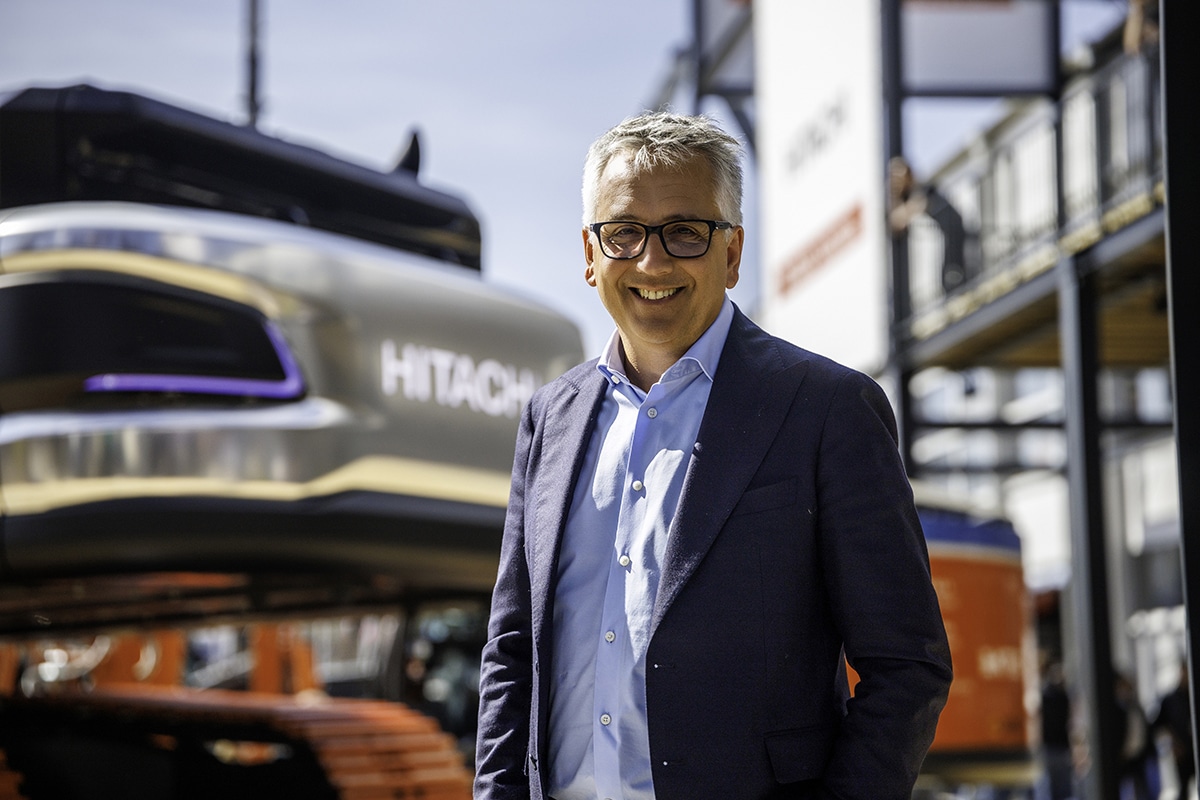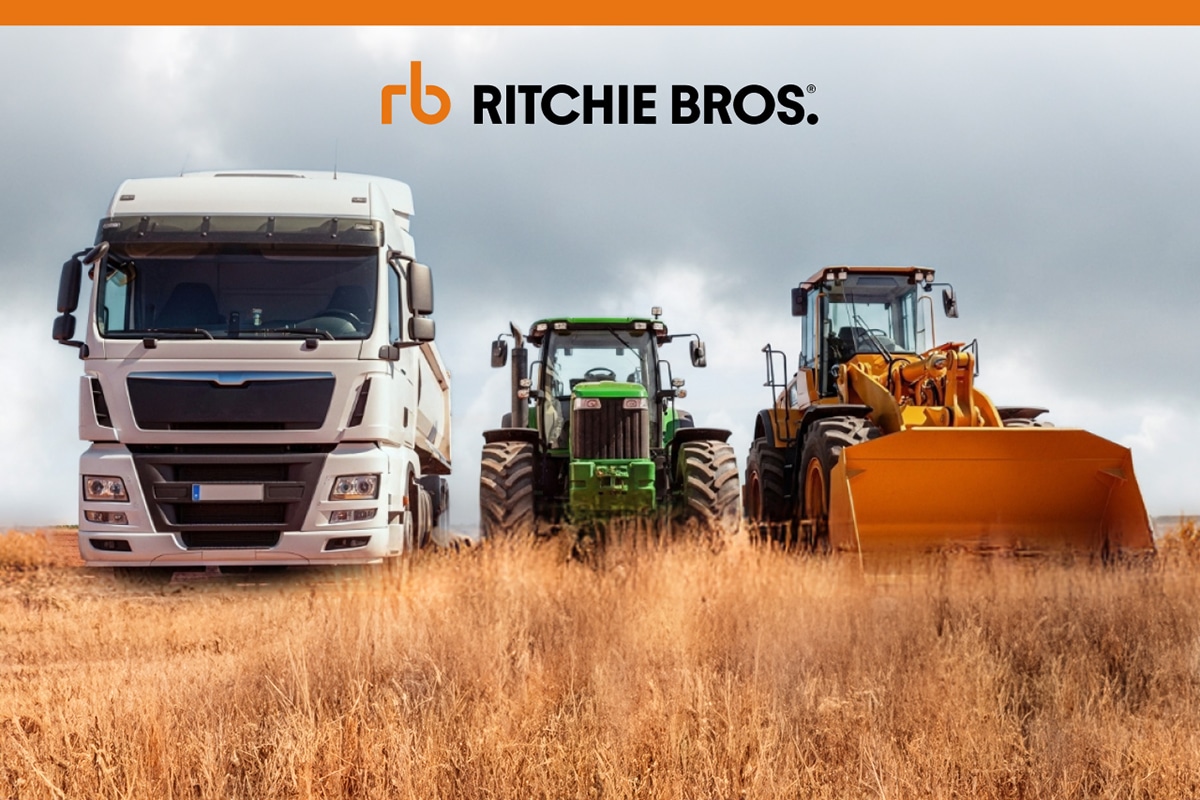
Craftsmanship and teamwork form liquid-proof basis for cycling course Roof of Drenthe
Cofra can build on more than 25 years of experience with High Density Poly Ethylene film (HDPE), also known as a geomembrane. This foil is used to hermetically seal a contaminated substrate and thus make it suitable for a new function. And that is exactly what Cofra is using this foil for at the Roof of Drenthe. This is because the European Cycling Championships will take place there at the end of September.

HDPE film is resistant to a wide range of chemicals such as acids, salts, alkalis, alcohol, oils and hydrocarbons. This type of film is used in the Netherlands to seal off landfills. The strips are welded together. Quality control is carried out daily by Cofra.
Job of size
Rob Vorselman is responsible for the implementation as project leader Netherlands: "Cofra has been working with Attero (then Essent milieu) since 2004. At the Wijster landfill, some 90% was sealed with our product and by our specialists. We see the Roof of Drenthe as the final piece, say the prestige layer." Considering the total area and the long and steep slopes, this job is of a substantial size. In total it involves 160,000 square meters, 100,000 of which are in this first phase now completed.

Marchal Jacobs is responsible for the before and after process at Cofra: "In order to be able to start exactly on May 1, we started purchasing the materials as early as mid-March. Our deadline for completion was July 31. That put quite a bit of pressure on the work."
Rob: "In this project, AVI bottom ash, a residual material from waste incineration, is applied to the landfill as the first layer. The bottom ash is profiled and compacted. This is followed by a layer of 7 centimeters of Trisoplast that has a protective and self-healing capacity. We cover that layer again with 2 mm HDPE film. The strips are joined together by welding to form a liquid-proof layer. The welds are tested on the job by applying overpressure. We then place the drainage mat that must ensure the drainage of rainwater. After all, that does not pass through the HDPE film."

Data stored
Depending on the gradient, Cofra chooses a flat or roughened film. Marchal: "During the whole process, all data are stored. The location of the lanes, who made the welds and performed the tests, what the weather conditions were ... We have a test container on site for continuous monitoring. The rolls also have a unique number that can be traced back to the production badge in the factory. So at all times it can be traced back exactly on what day a particular section of film was laid, what setting the machines have had and, if applicable, whether repairs have been made."

Craftsmanship, perseverance and teamwork
Cofra works exclusively with experienced people. Our welders have been employed for 15 to 30 years. Rob: Our people completed the entire project in 12 weeks. That is working under high pressure with optimal accuracy. I liken it to the Champions League. The foil jobs are 80 meters long and 7.5 meters wide. In bright sunlight, the foil quickly becomes 60 degrees, which demands a lot from our people, especially on such a long and steep slope. The work is also weather sensitive, so when rain fell for three weeks, we had a scheduling problem. But it worked out, without losing sight of the safety of everyone involved."
Cofra experiences cooperation with parent company Boskalis as particularly pleasant. This was already evident during previous projects. The parties know each other and work in an integrated way. Through mutual trust and dynamics, they complement each other perfectly on projects of this kind. The foil work was completed ahead of schedule.
Heeft u vragen over dit artikel, project of product?
Neem dan rechtstreeks contact op met Cofra B.V..
 Contact opnemen
Contact opnemen



